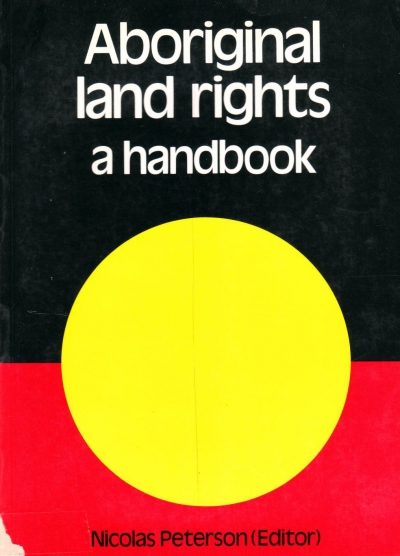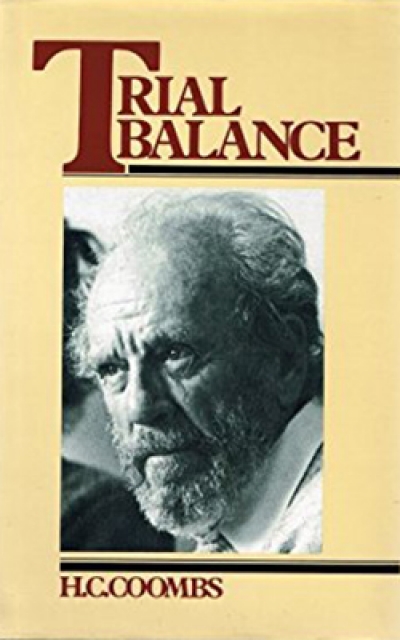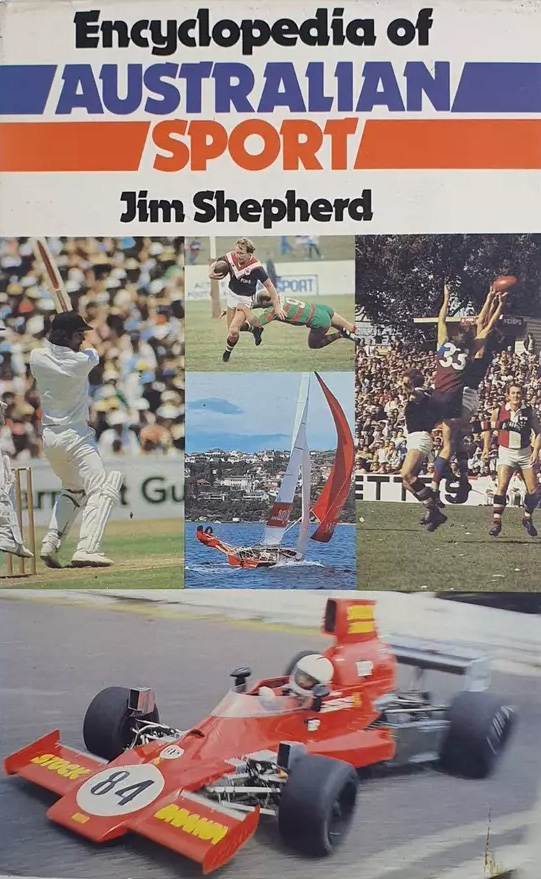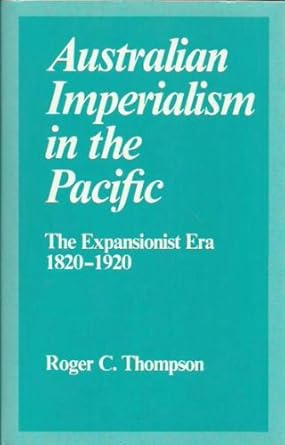Non Fiction
Invasion and Resistance: Aboriginal-European relations on the North Queensland Frontier 1861–1897 by Noel Loos
A common theme unites the five books reviewed here: the effects on Aboriginals of European and Asian settlement in Australia, and the position of Aboriginals in the society that has developed from that settlement. The work of historians, a political scientist and anthropologists, the writings reflect changes in Australian historiography and anthropology. Reece (1979) recently made a plea on behalf of Australian historiography for more to be done by black and white historians to eradicate the tradition that Australian history was a white history beginning with Captain Cook. A parallel plea has been made to anthropologists in Langton’s (1981) criticism of anthropologists for concentrating their research efforts on remote communities. The work of Aboriginal historians is not represented here, but two of these books are indicative of the quantum leap in the quantity and quality of writing an Aboriginal history. Although anthropology is slow to change, a glance through recent bibliographies published by the Australian Institute of Aboriginal Studies reveals an increase in the proportion of social anthropological publications on Aboriginal society outside the more remote areas. That trend appears in the content of the volume edited by Howard.
... (read more)Beatrice and Sydney Webb are still alive, though failing. At least, that is the impression one gets from these five pamphlets, which mark the resurrection of the Victorian Fabian Society since 1980, after temporarily shaking off the mortal after coil.
... (read more)Scarcely a week passes without reference in the media to Aboriginal land rights. The tone of the reporting varies from the outraged indignation of those who see their rights to exploit and control land being curtailed, through eloquent pleas for simple justice, to forceful demands for the return of land which was illegally acquired. Comment is not confined to Australia: the rights of indigenous peoples are matters for comment in international forums such as the United Nations and the World Council for Indigenous Peoples. Yet despite this coverage ignorance, prejudice and paternalism abound. For this reason, a comprehensive volume on land rights Australia-wide is welcome.
... (read more)Xavier Herbert is probably the most enigmatic of Australian writers, but there is nothing enigmatic about Laurie Clancy’s treatment of the man and his works in Twayne’s World Authors Series. This is the best assessment of Herbert since Vincent Buckley’s article ‘Capricornia’ (Meanjin, 19, 1960) forced critics to take Herbert seriously as a writer of stature and an experimentalist with the form of the novel, and since Harry Heseltine’s Xavier Herbert (OUP, 1973) drew attention to what Heseltine saw as the ‘deep motive’ of Herbert’s writing in the works that preceded Poor Fellow My Country.
... (read more)In the Australian administrative tradition, Dr H.C. Coombs is a remarkable survivor, a maximalist and an innovator, not least in his· preparedness to write in public. The key figure in the Post-War Reconstruction brains trust which flourished under Curtin, Chifley and Dedman in the 1940s, he became Governor of the Commonwealth and then the Reserve Bank for twenty years and then entered a new creative phase in the post-Menzies and the Whitlam years.
... (read more)This is the story of one woman’s crusade to achieve social justice for a handicapped child. It is one person’s elevation of the ineptitude, the hypocrisy and the dishonesty that became associated with a particular group of handicapped children. It concerns an institution that attempted to tum a pretext into reality rather than declare that a terrible mistake had occurred. Rosemary Crossley found Annie in St Nicholas Hospital in 1976. The hospital was originally a children’s hospital built in the 1890s. In 1964 The Mental Health Authority took possession of the buildings and after demolishing some and refurbishing others opened again in order to cater for the needs of severely and profoundly handicapped children, those whose purported I.Q.s were believed to be below thirty. Although it was originally designed to cater for individuals on a temporary basis most of those who came never left. It is perhaps Indicative of our attitudes towards the handicapped that the ‘high brick walls topped with barbed wire and broken glass’ were left untouched. One wonders whether the author of the slogan ‘Break Down the Barriers’ had this in mind when he took up his pen.
... (read more)Don’t judge Donald Horne’s books by their titles.
... (read more)Rites of Passage qualifies for a notice in ABR because, although it is written and published in Britain, it is among other things an account of the adventures of one Edmund Talbot who has taken a passage to Australia sometime during a lull in the wars with France, towards the end of the eighteenth century.
... (read more)Jim Shepherd’s Encyclopedia of Australian Sport proceeds from ‘ABC Sportsman of the Year’ and ‘Abonyi, Attila (1945 – )’ on page 1 to ’Young Jack (1925 – )’ and ‘Young, Robert “Nat” (1950 )’ on page 468. In between are some 850 entries alphabetically arranged, most of them on participants (brief biography, achievements, the ‘whole picture of their star quality’) but some devoted to administrators, barrackers, etc. and to the sports themselves. Lavishly-illustrated, it’s a steal at S 10.95; brightly written, it’s precisely the sort of good read for a present to Uncle/ Cousin/Brother/Father Norm. As he argues over the underarm dismissal and the result of the 1980 Escort Cup Grand Final, that Norm will enjoy the style as well as the fact that this version of the Australian sporting experience presents most of the legends intact (e.g. see the Les Darcy and Hugh McIntosh entries).
... (read more)Australian Imperialism in the Pacific: The expansionist era 1820-1920 by Roger C. Thompson
At a time when Australia’s involvement with Europe and Asia is coming under increasing academic scrutiny, an area which has continued to be neglected has been Australia’s relations with the Pacific Islands of Melanesia, Micronesia and Polynesia situated so closely north and east of its coast. While others have touched on this subject briefly, Roger Thompson’s Australian Imperialism in the Pacific presents for the first time a detailed, meticulously researched and scholarly investigation which covers the period from the early days of the colony of New South Wales to the end of the First World War. It is, then, a timely study, filling a gap in our knowledge, and it is sure to be welcomed by scholars of both Australian and Pacific history.
... (read more)









